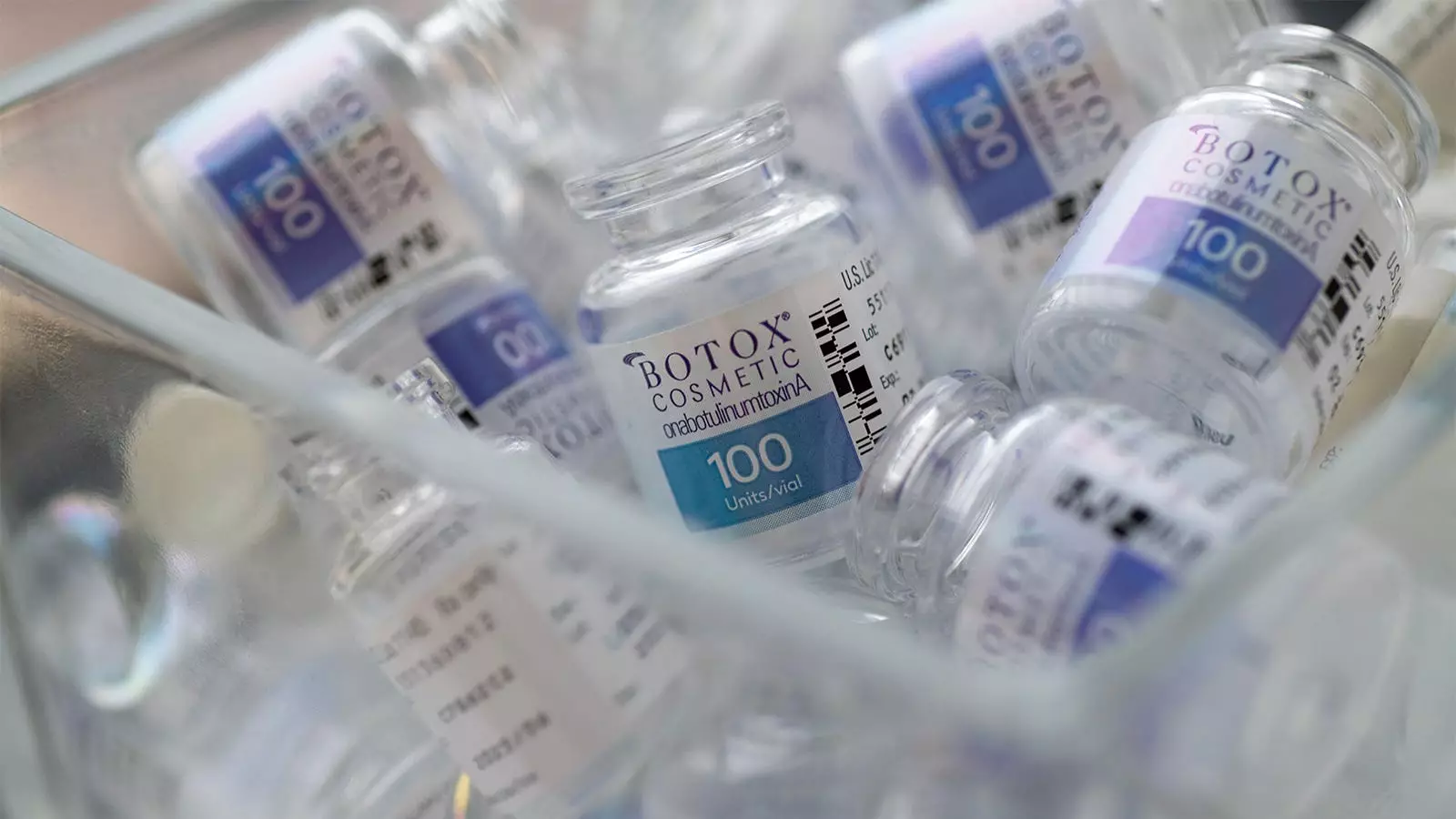The narrative of botulinum toxin, commonly known as Botox, transcends its current fame as a cosmetic treatment, embodying a rich history that intertwines tragedy, scientific inquiry, and unexpected discovery. This tale commences not in a clinical setting but rather at a memorial gathering in December 1895, when a Belgian brass band experienced a mass food poisoning incident, the severity of which would reveal the underlying cause of botulism. This story is not just about a toxin; it is about the unpredictable nature of medical breakthroughs and the critical importance of the doctor-patient relationship in facilitating these insights.
The unfortunate event in Ellezelles, where members of the brass band ingested contaminated food, serves as a poignant entry into our understanding of botulism. The symptoms that followed—ranging from paralysis to respiratory failure—paint a harrowing picture of a condition that disrupts the very architecture of human existence. As local health officials turned their attention to the task at hand, the invitation extended to microbiologist Émile van Ermengem would eventually shed light on the mystery. His isolation of the Clostridium botulinum bacterium marked the beginning of a scientific journey that would culminate in the development of botulinum toxin as a therapeutic agent.
The tale emphasizes that such critical medical advancements often germinate from the most disastrous circumstances. Just as the band members exhibited trust, leaning on their physicians for answers, the eventual unraveling of this medical mystery underscores the vital role of collaboration and engagement in healthcare.
Fast forward to the late 20th century, the development of Botox as a cosmetic treatment illustrates a compelling instance of serendipity fueled by patient-doctor interactions. Dr. Jean Carruthers, an ophthalmologist, stumbled upon Botox’s cosmetic potential entirely by chance when a patient offered an observation about her treatments. Rather than dismissing the comment as coincidental, Carruthers took the time to investigate, acting on her patient’s feedback. This moment stands as a testament to the transformative power of lead-from-behind medicine, where insight emerges not solely from textbooks but from genuine patient experiences.
The relationship between doctor and patient is often cited as an essential cornerstone in successful medical practice. Carruthers’ story demonstrates the ripple effect that a single interaction can have on a field. Capturing and nurturing this patient insight does not merely help in commanding surprising therapeutic outcomes; it also fosters a culture where patient experiences are valued.
However, the current medical landscape presents hurdles that undermine the potential for serendipity. The COVID-19 pandemic has exacerbated existing issues within the healthcare system, leading to distrust among patients. A study from Massachusetts General Hospital revealed a sharp decline in public trust toward physicians post-pandemic. Further compounding the issue, the pressures of modern medical practices—characterized by productivity targets and high patient volume—diminish the time physicians can spend with patients, effectively stifling the conversations that might lead to unexpected breakthroughs.
Without adequate time or a trusting relationship, the window for serendipitous medical discoveries narrows. To underscore this notion, Dr. Rana Awdish emphasizes that genuine patient interactions often reveal hidden diagnoses or insights that don’t always fit neatly into clinical algorithms. When patients feel emboldened to share nuanced symptoms or feelings, it can lead to crucial revelations that improve patient outcomes.
In reconsidering the model of healthcare, it is crucial that stakeholders recognize the need to reinforce doctor-patient relationships. Encouraging longer consultations where patients feel safe and valued is essential not just for improving trust but for cultivating an environment that fosters innovation.
Moreover, integrating patient feedback into therapeutic practices can open up new vistas of understanding and perhaps lead to the next groundbreaking discovery in medicine. Innovations in high-pressure healthcare settings require robust communication skills and genuine empathy on the part of the providers, reminding us that the future of medicine hinges on understanding the human side of healthcare.
The journey of Botox from a tragic food poisoning incident to a global cosmetic phenomenon showcases the intricate tapestry of human connection in medicine. Embracing the serendipity that comes from trusting doctor-patient relationships may well hold the key to future medical breakthroughs, fostering an environment where shared insights lead to understanding, discovery, and healing. In revitalizing these connections, we remind ourselves that medicine is not merely a science but an art, grounded in the rich stories of those it serves.

Leave a Reply